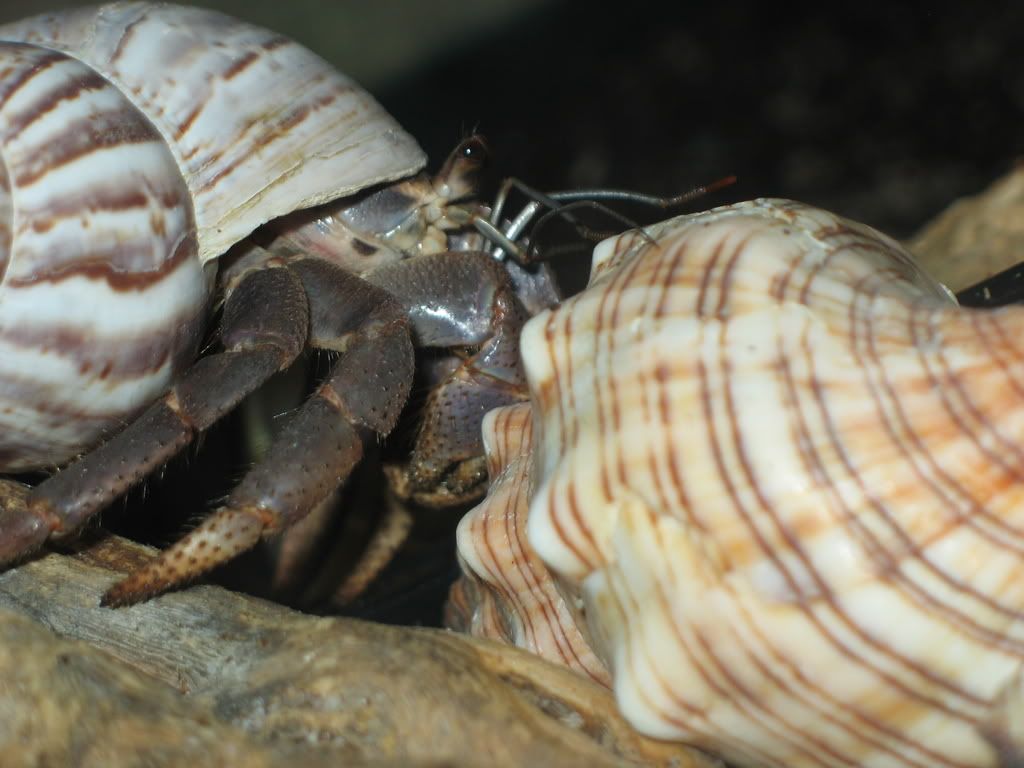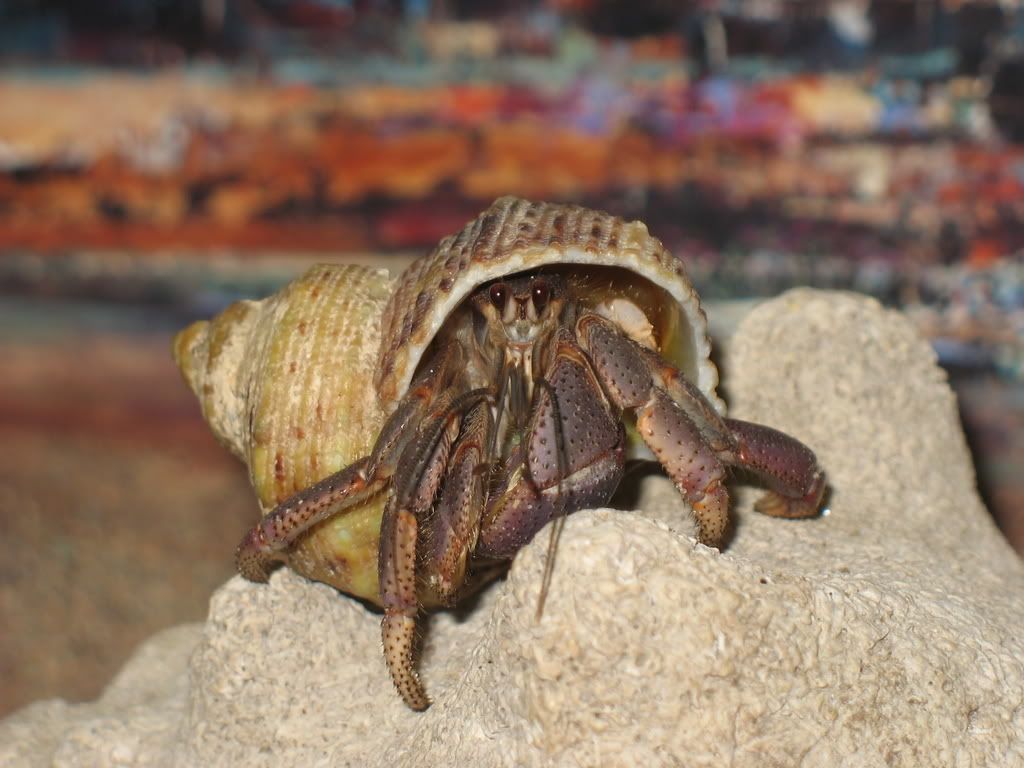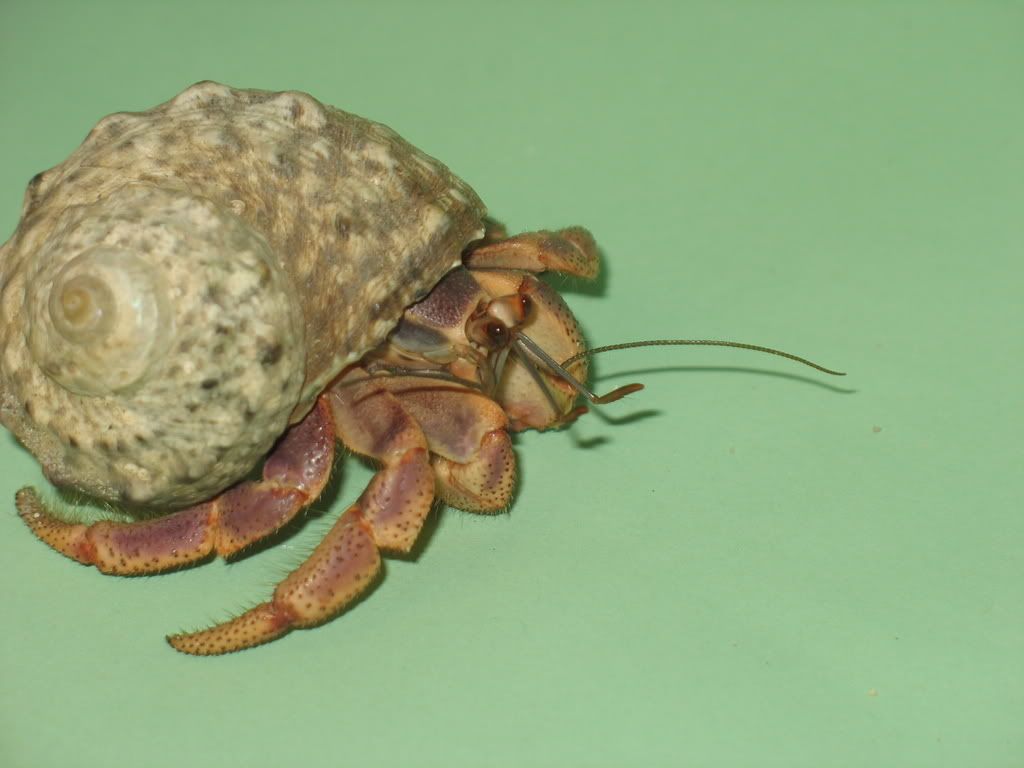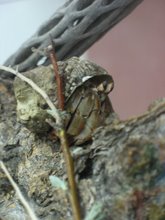First I find a safe area for harvesting. This might be my backyard because I do not live near any industrial polluters and I do not use pesticides or chemical fertilizers. My grandparents own a ranch that is off the beaten path bordered by a river, which is teaming with plantlife of all sorts. So I spend a lot of time gathering there. I only test plants that I can positively identify (if you plan on doing this, I suggest you purchase a book on your local flora complete with pictures. I started with a book called Edible Native Plants of the Rocky Mountains by H.D. Harrington that contains detailed drawings illustrated by Y. Matsumura).
I pre-screen the plant I am interested in testing by entering the common or scientific name "+ toxicity" in any search engine. Hopefully, this will give preliminary results about the likeliness of success. Usually you will get information related to livestock or human consumption, which doesn’t exactly translate into hermit crabs. The information you can gather about the specific plant’s relation to bugs will be much more useful (not conclusive, but will still give you some idea) as to whether you should proceed with the trial or not.
I have, on occasion, tested plants even though the pre-screen results indicated a high poison risk. So far, the result has always been that the crabs showed no interest in it and made no attempt to eat it. I would give this an UNKNOWN rating. If they ate it and died or had some serious adverse reaction, I would rate it UNSAFE. Thankfully, I have never had to give an UNSAFE rating. Hermit crabs have very good instincts about what they cannot safely consume. In the wild, they certainly encounter safe and unsafe plants and seem to know the difference.
I put a single whole leaf in the tank and leave it overnight. Then I remove it and look for evidence of eating (torn edges). (Sometimes they immediately go to it and start eating). I then remove it for a day or two and put in a new leaf or two (a branch if using very small leaves or petals) and leave it for a week. If in another week goes by with no adverse reactions, then the item gets a SAFE rating.
The next step is to share your findings with the group. If you do trials of your own, I want to know about it! Link to me, comment, anything! I regularly post to several of the hermit crab forums and keep The Epicurean Hermit site owner abreast of my discoveries so she can update her master lists for safe and unsafe foods.
TIPS: Never mix an unknown food with known foods for a trial. Never drizzle an experimental food with an irresistible substance like honey. Always provide a separate dish of safe food while conducting the trial. You are not trying to force or entice them into eating the new item you are offering as you would when introducing a new safe food. Test each component of the plant separately because they each have different make-up. Just because the flower is safe, does NOT mean that the leaf, stem, seeds, and root will be too. Use whole pieces like a full, pristine leaf, a whole petal or a whole blossom so that you can easily determine whether any portion was eaten or not.
Subscribe to:
Post Comments (Atom)
























2 comments:
After some unfound accusations about my methods, I decided to take a more careful look at this entry and perhaps I will edit it in the next day or so to clarify precisely how I gather my info.
From time to time challenges are made to the ideas we hold true. It takes a very brave soul to question a commonly held belief, and oftentimes these pioneers lead us to important discoveries. If no one ever took a contrary position we would still believe that hermit crabs cannot have citrus or dairy. Still, this can be very disheartening for those of us who have applied their efforts to discover truth and have been exposed as being incorrect. Scientists often strongly disagree and interpret data differently. Sometimes the science is solid, but the error comes in the conclusions drawn. And there is some margin of error in the discoveries being made at Crabotanicals, but we are making a conscious effort to maintain high standards of integrity in our methods for conducting food trials, our fair reporting of our results, and the preparation of our products. We welcome feedback—positive or negative—because we feel strongly that what we do should stand up to close scrutiny. Occasionally, though, that position invites unwarranted criticism perhaps from a competitor trying to discredit our company. One such competitor made these claims in a public forum and his feigned sincerity was easily stripped away when offered a strong argument in defense of our methods. Although his initial concern was valid, the argument was ultimately too weak to accomplish the task of casting doubt on our products. Sadly, after retreating to the confines of his own website, he banned us from all access to a large portion of the community with whom we have been sharing our discoveries.
This incident well-illustrates the need for pure motives required to be successful in gathering and sharing information. We make this solemn pledge to our readers and customers:
Crabotanicals will never be unyielding in the face of new or compelling evidence that goes contrary to our beliefs. To the extent possible, we will dispense the most accurate information available to us and will strive to draw sensible conclusions that we feel can be substantially supported. That means reporting truthfully the results of our experiments as well as reliable information gathered elsewhere. Furthermore, we will never intentionally discredit a colleague’s work in an unkind way or without presenting over-whelming evidence.
Post a Comment